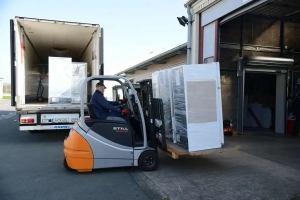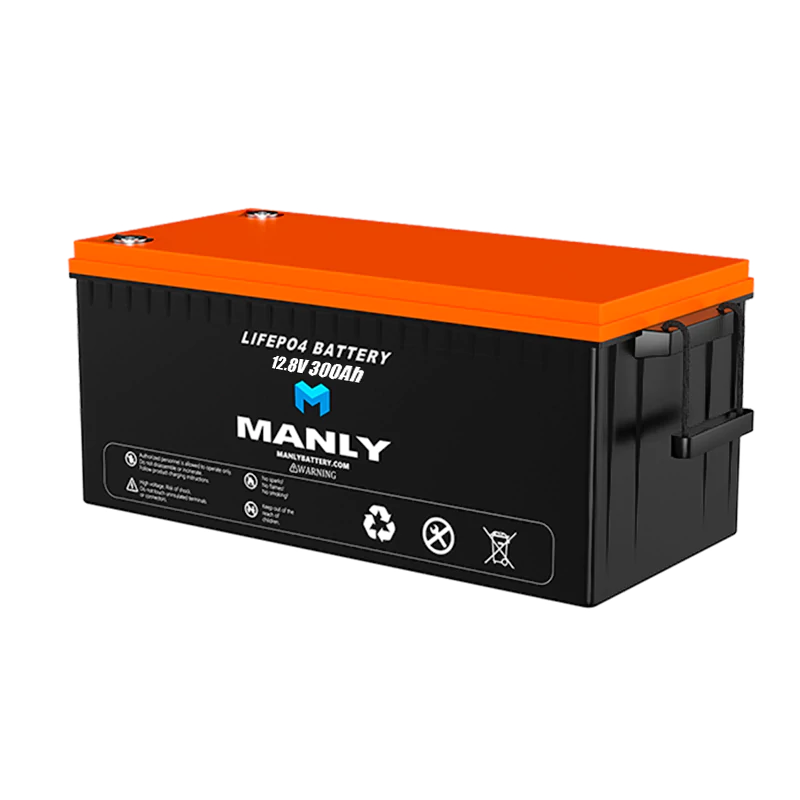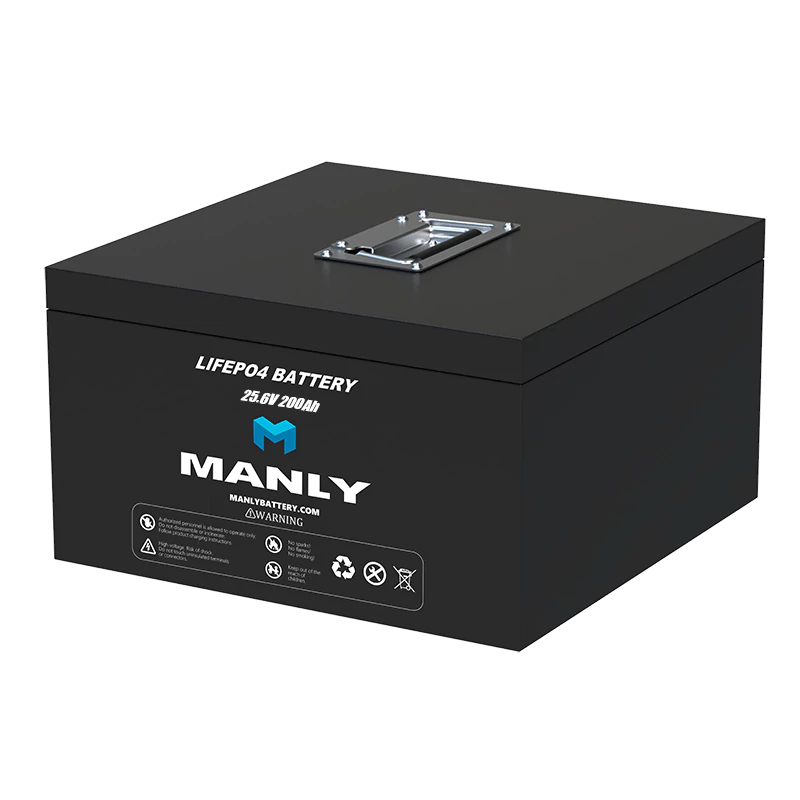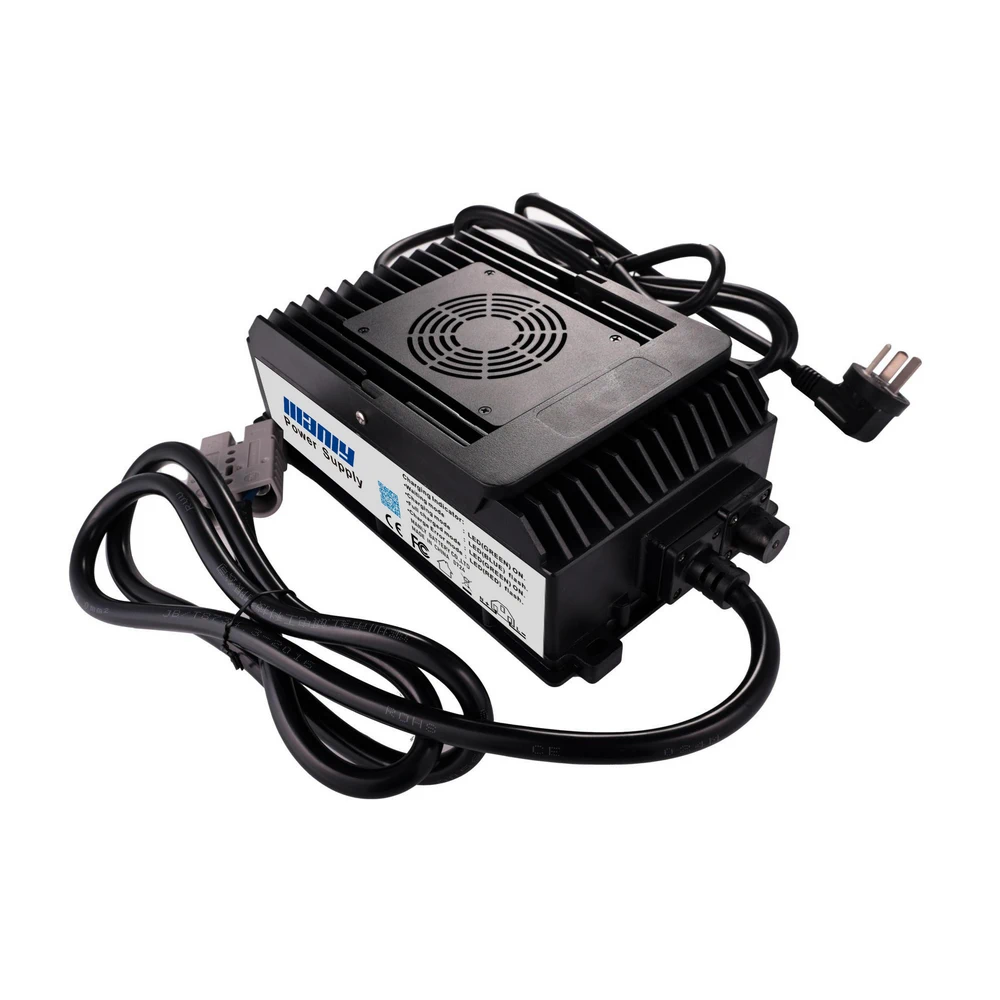Medical Batteries Market Growth in 2024
Table of Contents
Medical Batteries Market: Growth Driven by Aging Population and Chronic Diseases
As the global population ages and the number of people with chronic diseases, like diabetes and cardiovascular conditions, continues to rise, the demand for medical batteries is increasing. This trend is a major factor driving the growth of the medical batteries market.In June 2021, the World Health Organization (WHO) reported that in 2019, 17 million people under the age of 70 died prematurely from non-communicable diseases, with 38% of these deaths caused by cardiovascular diseases. An estimated 17.9 million people died from cardiovascular diseases in 2019, accounting for 32% of global deaths. In the United States, approximately 18.2 million adults aged 20 and older have coronary artery disease (CAD), which is about 6.7% of the population.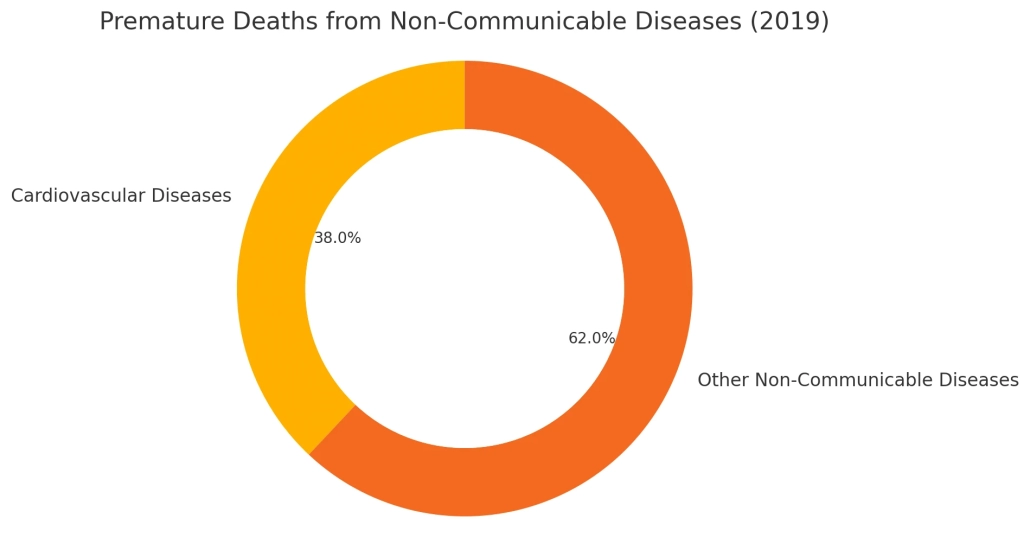 According to CMI data, the global medical batteries market was valued at around $2.7 billion in 2022 (approximately 19.3 billion RMB). By 2030, this market is expected to exceed $4.4 billion, with a compound annual growth rate (CAGR) of 6.4%.However, the high technical barriers have somewhat limited the development of this market. Lithium-ion batteries, which are commonly used in medical devices such as hearing aids, pacemakers, and other life-sustaining equipment, have specific requirements for electrode materials. These include longer battery life, higher conductivity, better durability, and excellent resistance to extreme temperatures and radiation.
According to CMI data, the global medical batteries market was valued at around $2.7 billion in 2022 (approximately 19.3 billion RMB). By 2030, this market is expected to exceed $4.4 billion, with a compound annual growth rate (CAGR) of 6.4%.However, the high technical barriers have somewhat limited the development of this market. Lithium-ion batteries, which are commonly used in medical devices such as hearing aids, pacemakers, and other life-sustaining equipment, have specific requirements for electrode materials. These include longer battery life, higher conductivity, better durability, and excellent resistance to extreme temperatures and radiation. In the past, due to high development costs, long cycles, and slow returns, the domestic market for implantable medical devices and supporting medical batteries was nearly non-existent, with foreign brands dominating for a long time.In 2023, EVE Energy, a leading lithium battery company with a market value exceeding 100 billion RMB, announced the establishment of a medical battery division. This division aims to set standards for medical batteries and achieve independent research and production of domestic medical batteries. EVE Energy also released seven major medical battery solutions for both internal and external applications, supporting the development of the medical health industry.
In the past, due to high development costs, long cycles, and slow returns, the domestic market for implantable medical devices and supporting medical batteries was nearly non-existent, with foreign brands dominating for a long time.In 2023, EVE Energy, a leading lithium battery company with a market value exceeding 100 billion RMB, announced the establishment of a medical battery division. This division aims to set standards for medical batteries and achieve independent research and production of domestic medical batteries. EVE Energy also released seven major medical battery solutions for both internal and external applications, supporting the development of the medical health industry.
